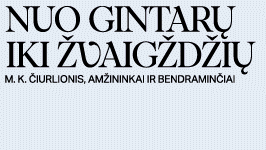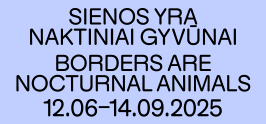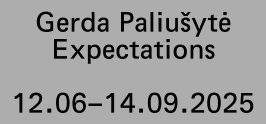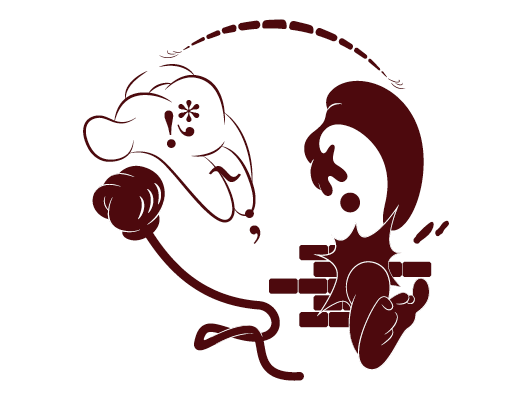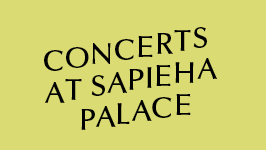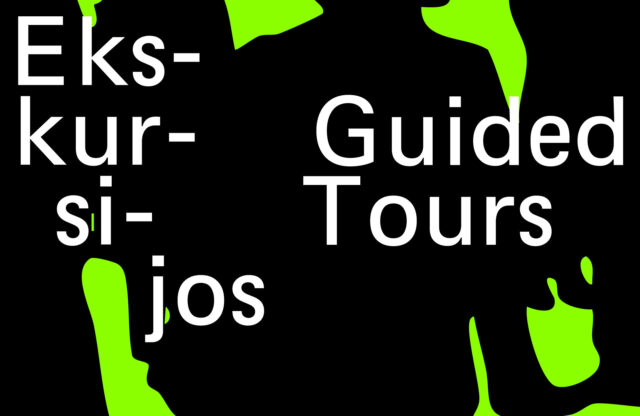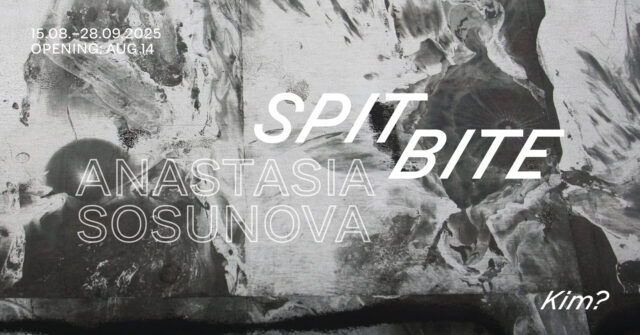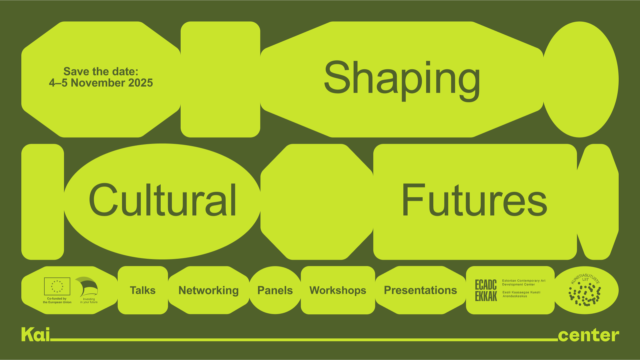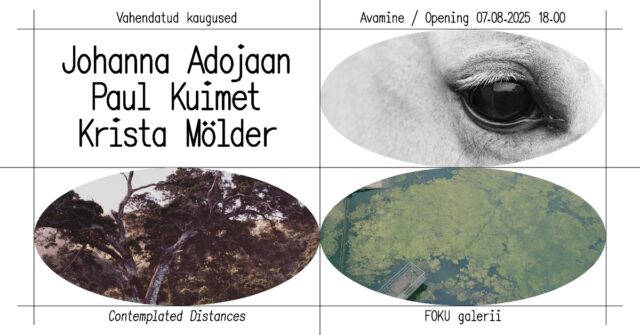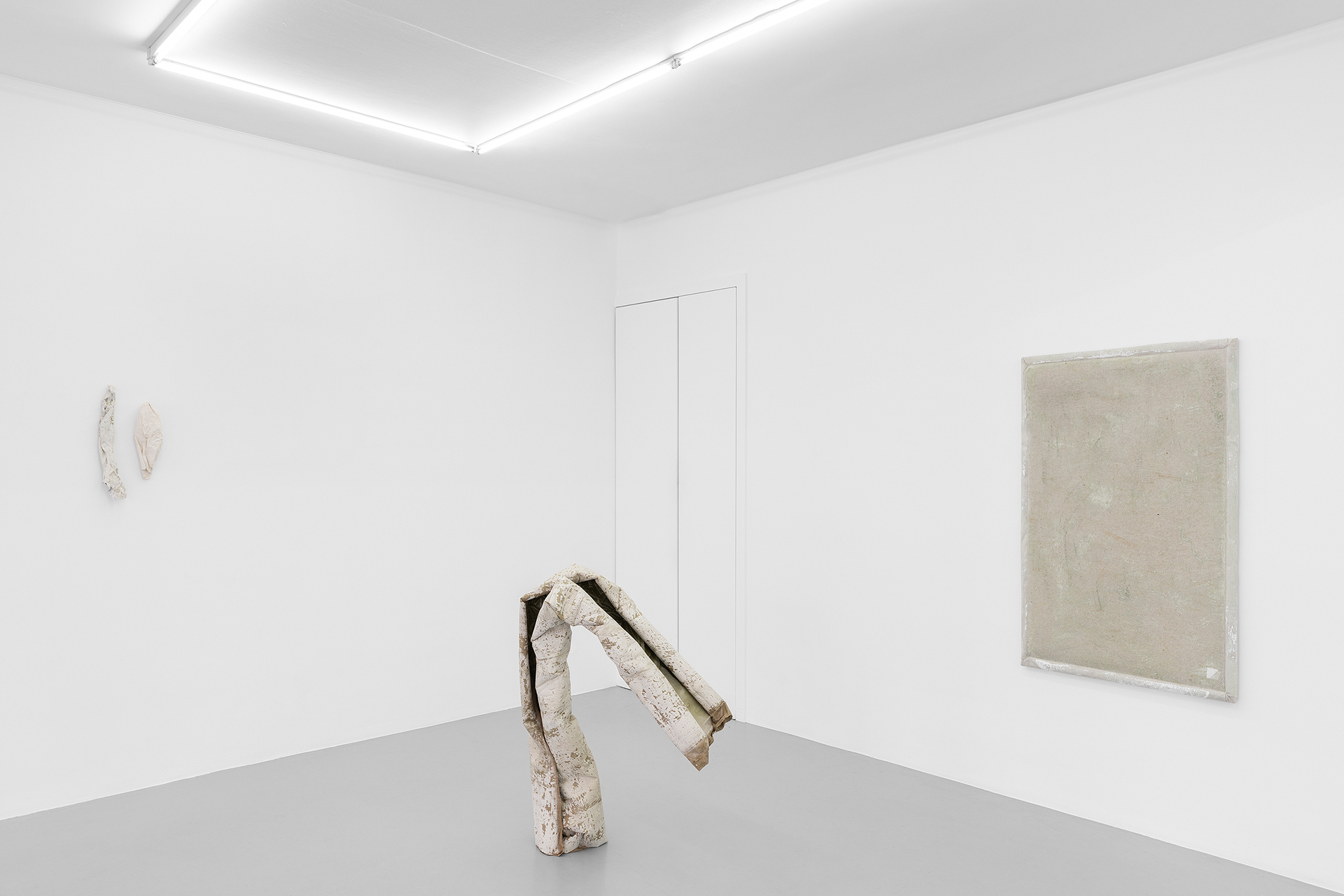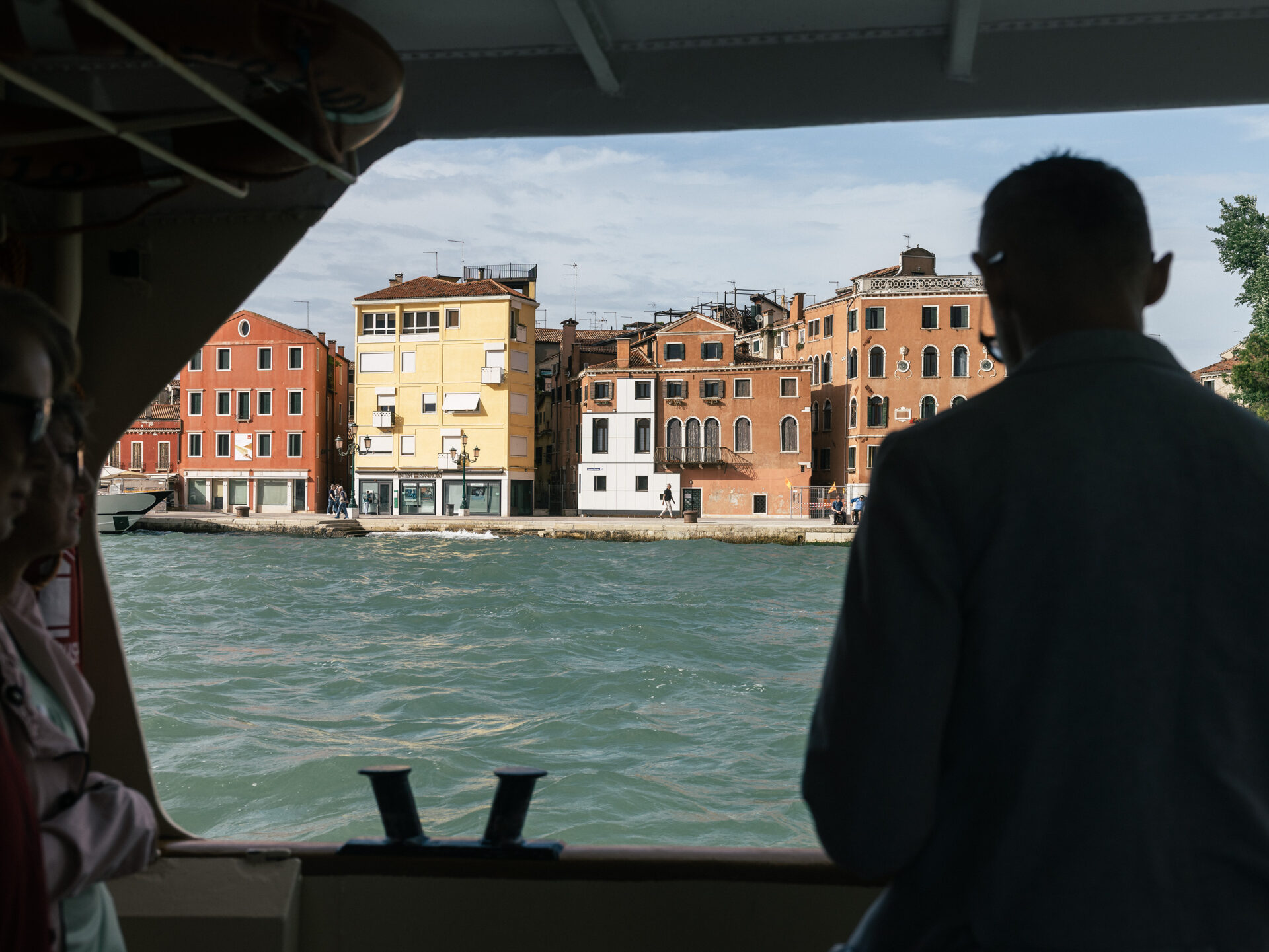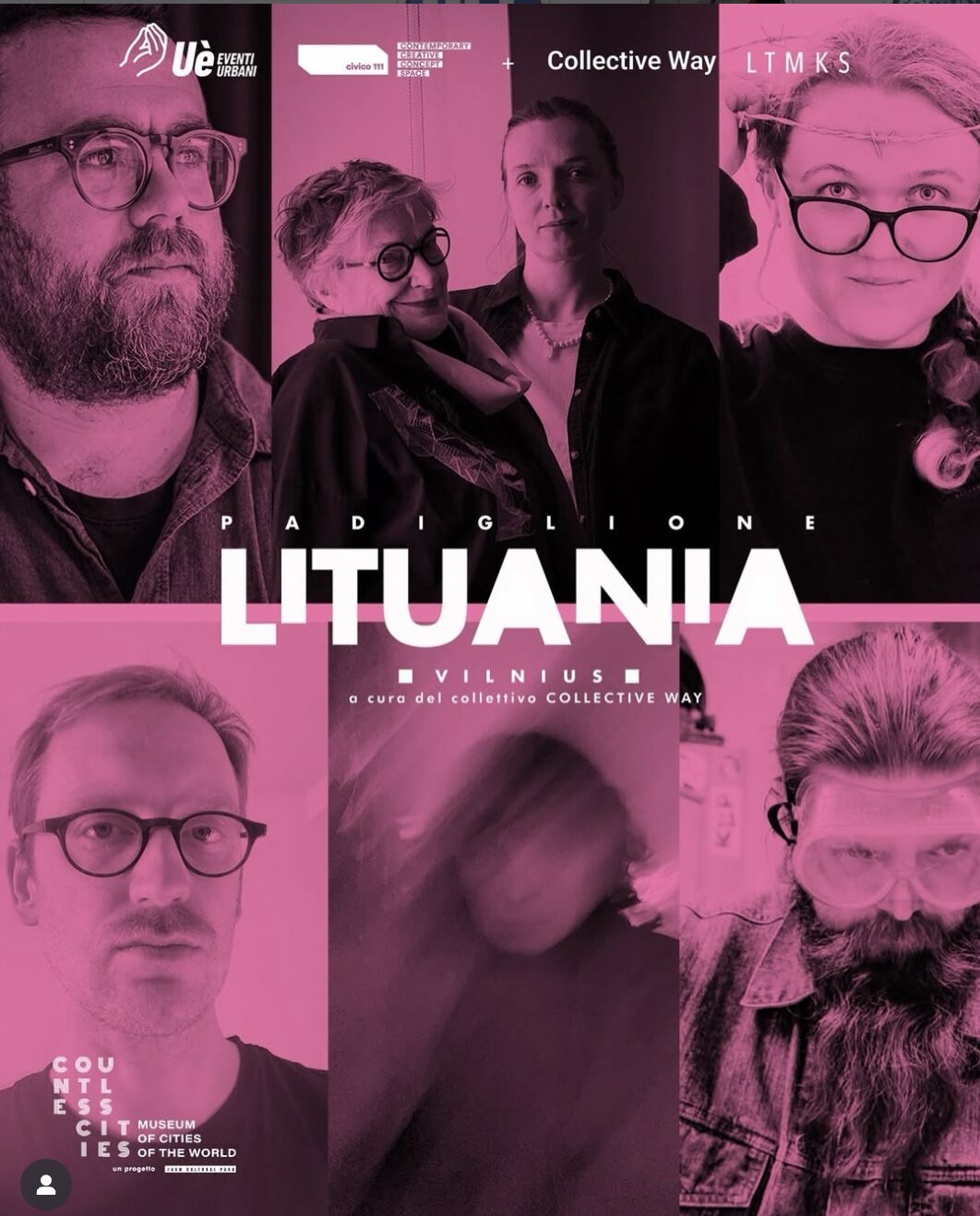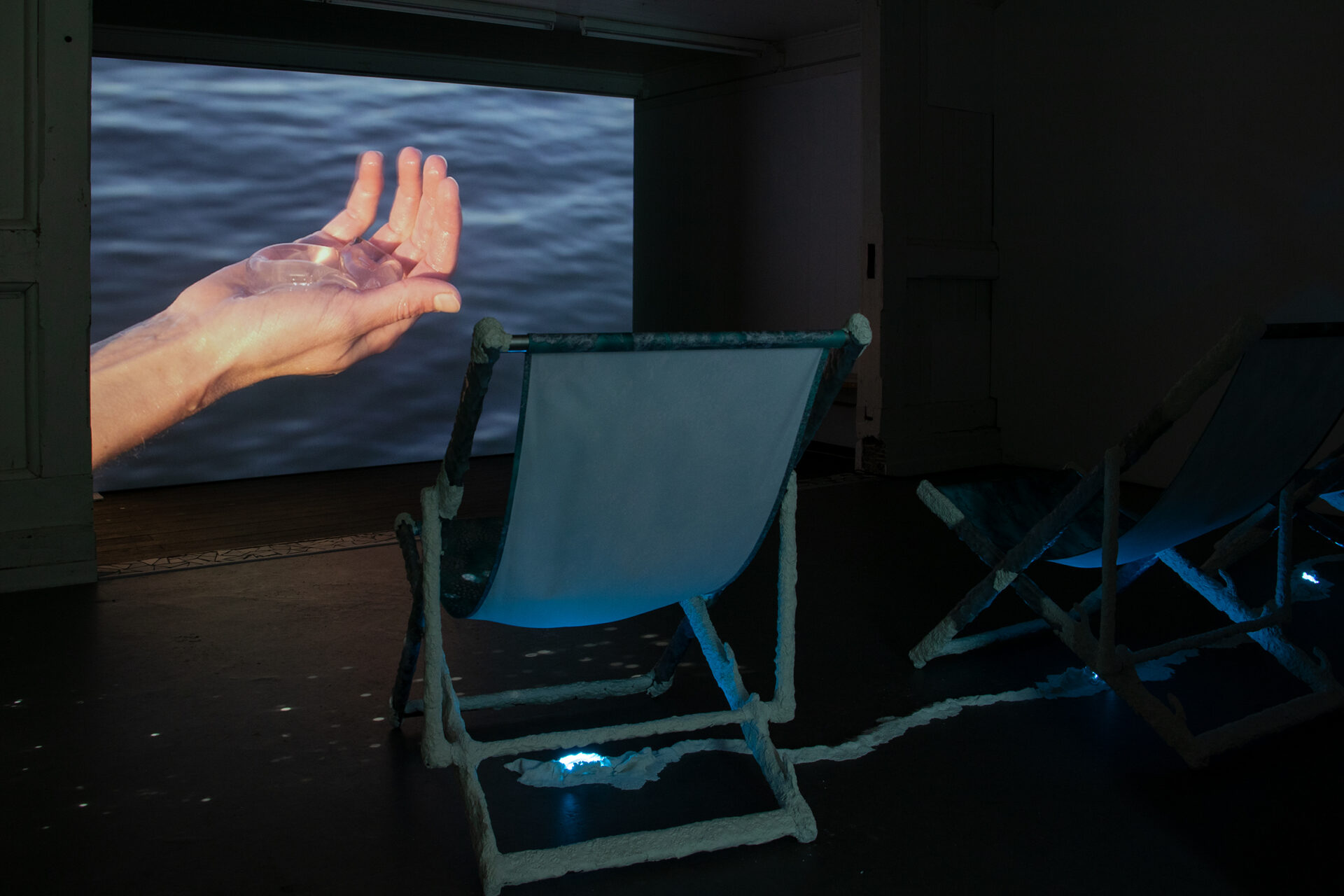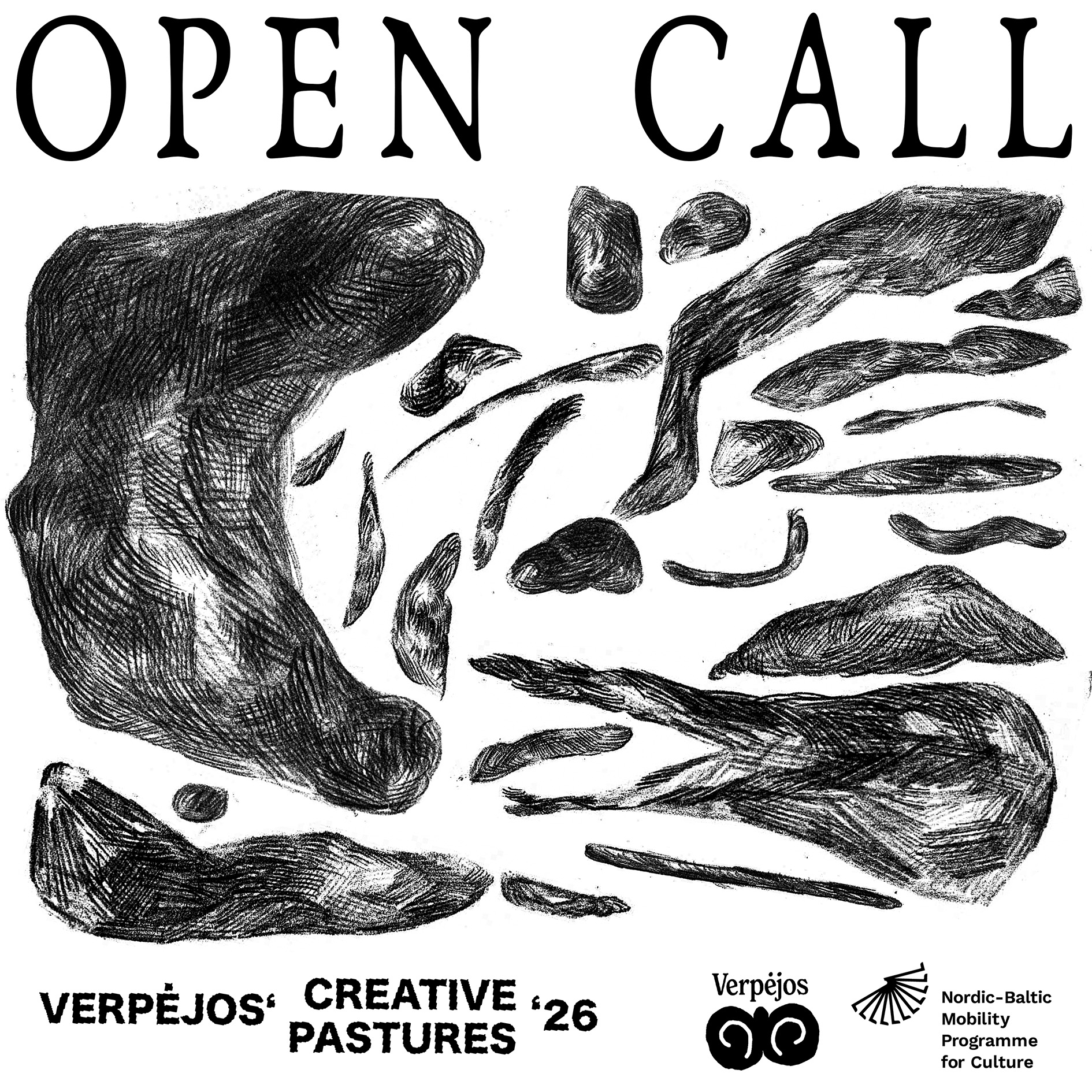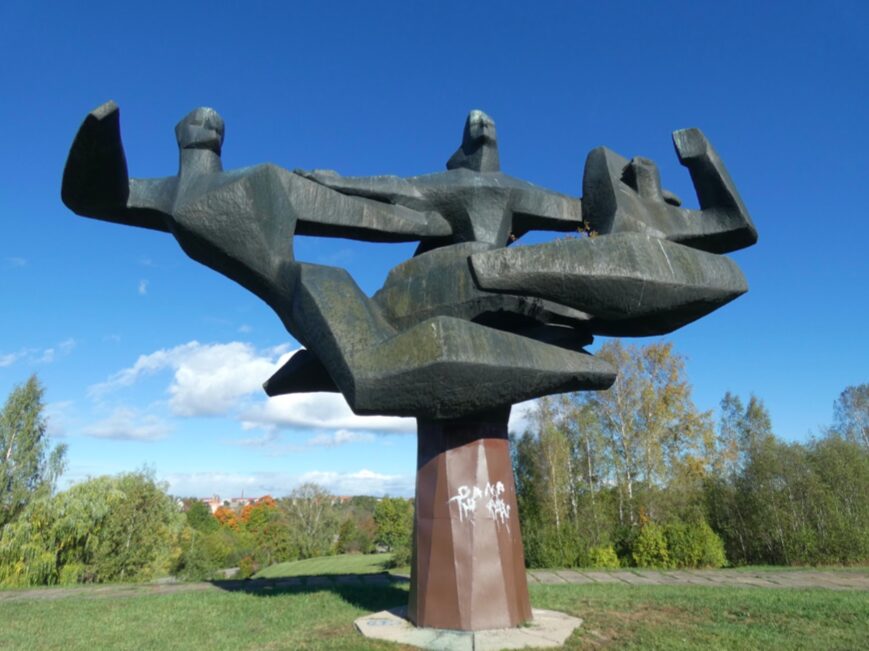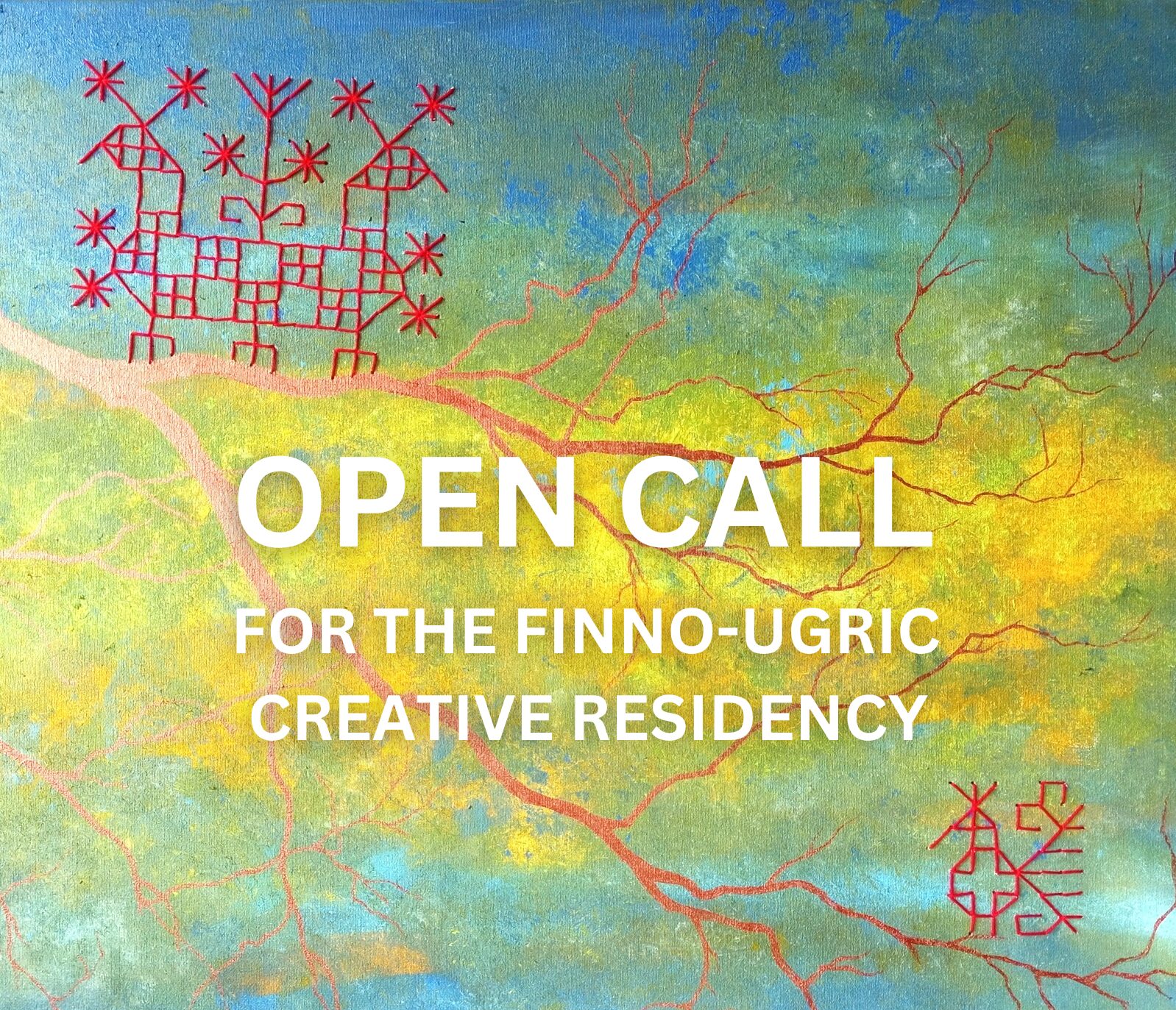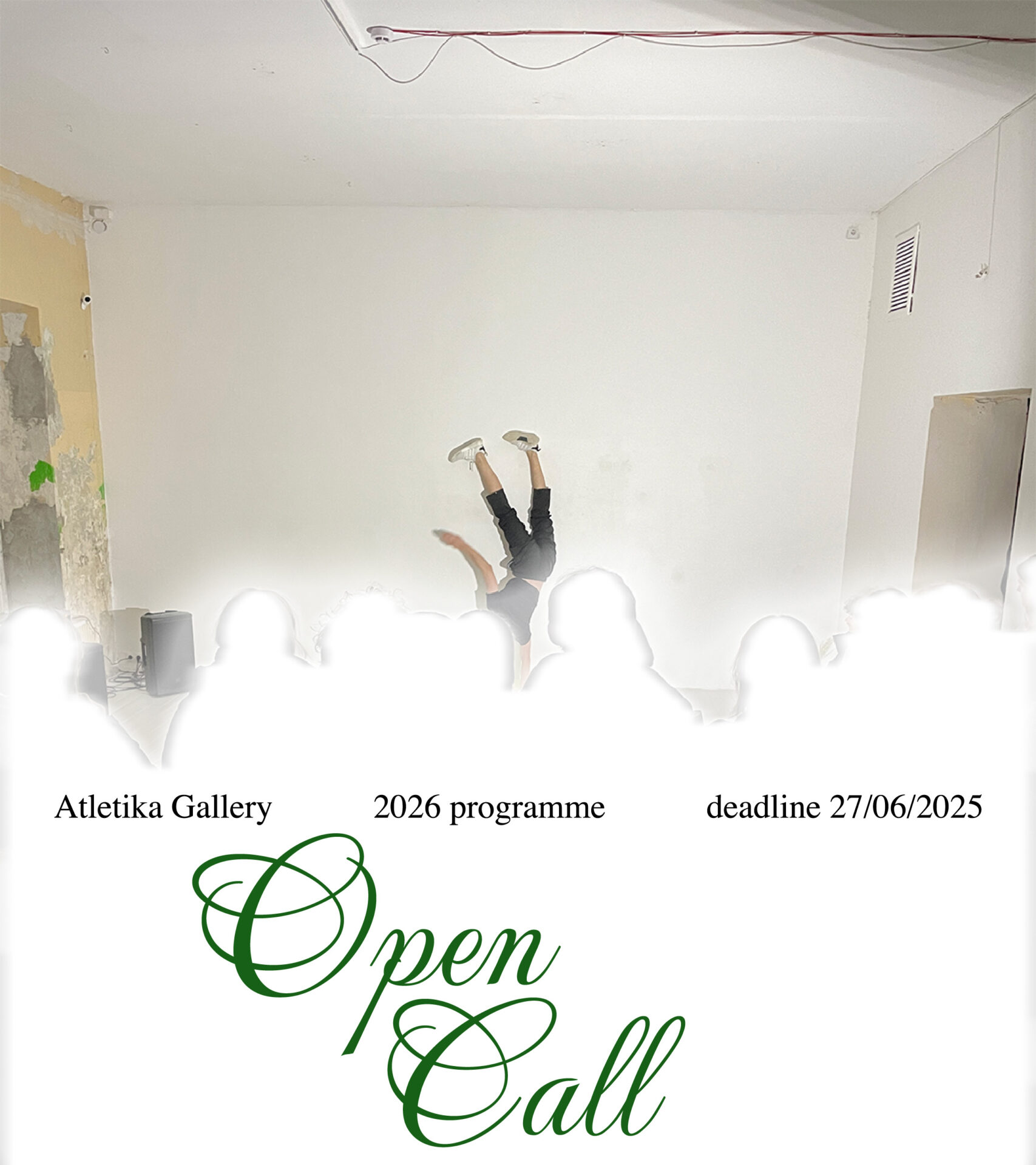The exhibition ‘Autopsy of the Self’ by Sarmīte Māliņa runs at Alma Gallery until 15 December.
The word AUTOPSY has its etymological origin in the Ancient Greek word αὐτοψία, which means “seeing for oneself”. The process refers to a detailed medical examination and/or dissection of a deceased body to determine the cause of death for scientific or medical purposes.
This exhibition has no scientific or medical basis. Rather, it is a personal, egoistic probing of the unique self in an attempt to uncover at least some credible evidence for the meaning of existence. Such struggles, intense reflection, and reasonable concern when analysing your entire life might make you want to lean against something eternal – “a rock warmed by the sun or the moss-covered soil in a glade”. You might even be led to put your thoughts on hold. I feel this way when under the care of medical professionals. The monotonous hum of the infusion pump and the sharp white light as you lie on the operating table create ample space for organized thoughts. The exhibition is a practice for your journey toward the second greatest event in your life – an event to be awaited with the divine smile of Lisa del Giocondo on your lips. Unlike the first event, the second one requires a high level of presence and participation. And here, the room is open for imagination… Art is a companion that helps us befriend life. The exhibition contains several objects, including headrests designed for performing autopsies and medical procedures. They are used as a reference to the times when pharaohs were regularly embalmed so that they could live “long and happily”, i.e., eternally. The ancient Egyptians used headrests to support their necks during sleep. Over time these evolved into the modern headrests used today. The exhibition will feature a marble replica of Pharaoh Khentika’s headrest (2323–2150 B.C.). Other objects on display will also tell stories from life, both past and present.
As if arching over the intense events on Earth, a delicate wooden sculpture of a dove with outstretched wings hovers above. A symbol of the Holy Spirit and the Soul, a gentle witness to the quiet hope and longing for life after death.
Sarmīte Māliņa reacts sharply to the world and at the same time avoids direct involvement in what is going on around her. She belongs to a generation of Latvian artists who gained wide recognition in the late 1980s and 1990s. Māliņa is one of the classics of Latvian contemporary art.
Tomass Pārups
Curated by Astrīda Riņķe
Contributors to the exhibition:
Kristaps Kalns
Kosmas Zervoudis
Reinis Laugalis
Māris Liepa
Šarlote Kalna
Dainis Pundurs
Artūrs Igoveņš
Anna Fanigina
Medicīnas centrs ARS, personīgi Māris Andersons
Līvānu stikla un amatniecības centrs, stikla pūtējs Aleksandrs Logvins
ULLE akmens apstrāde, Raivis Kurpnieks
Supported by:
Valsts kultūrkapitāla fonds
Rīgas Dome
Photography: Ansis Starks

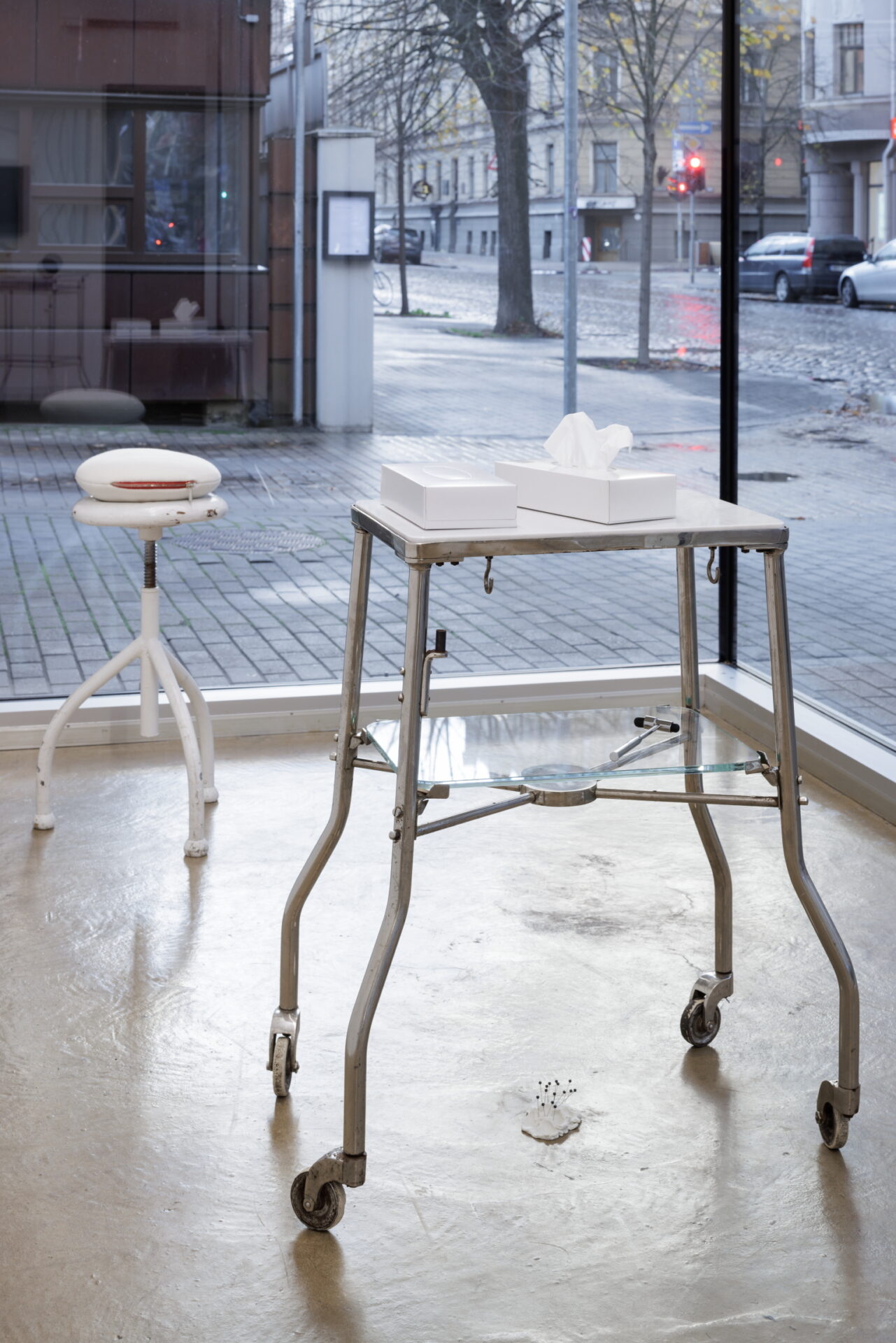

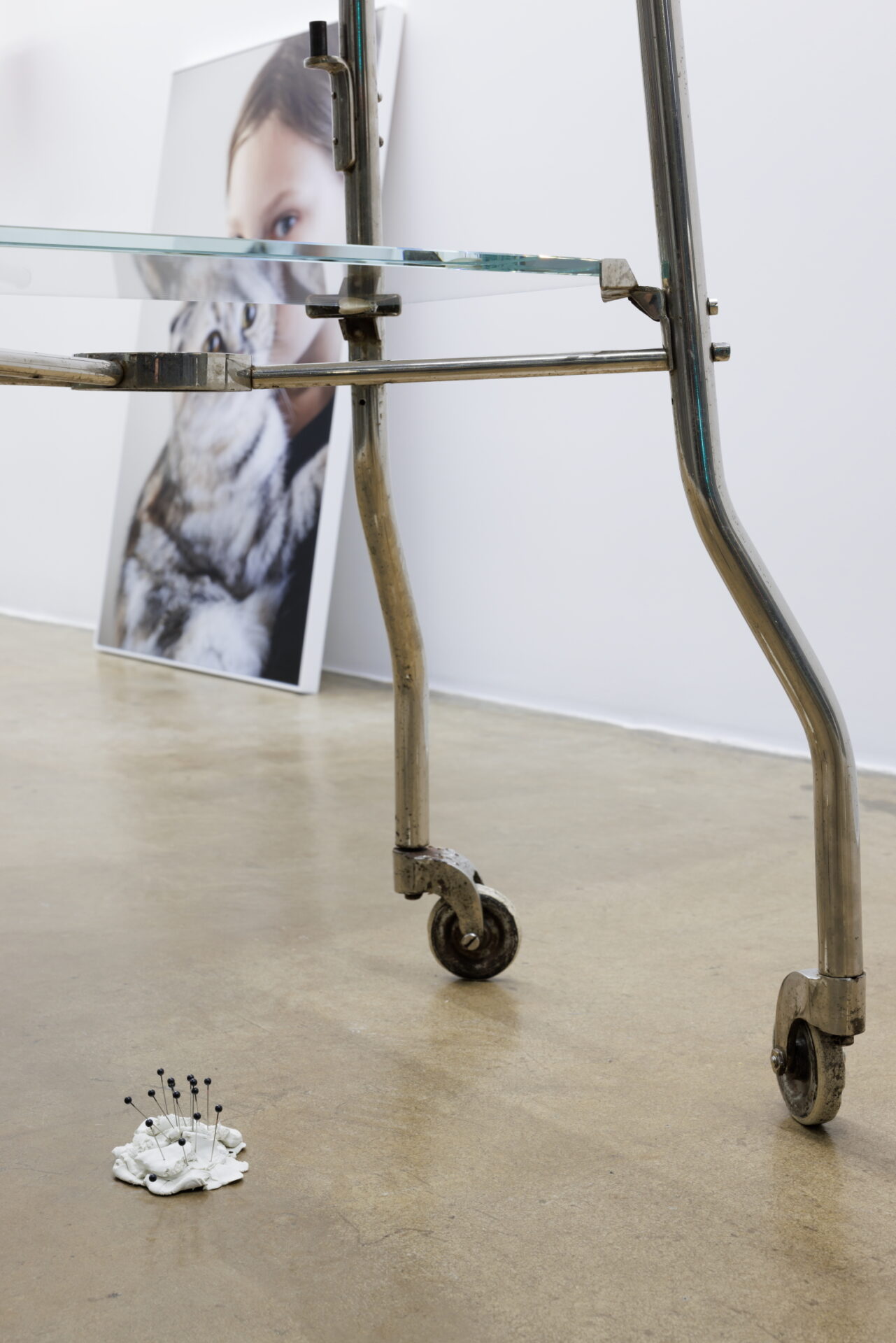

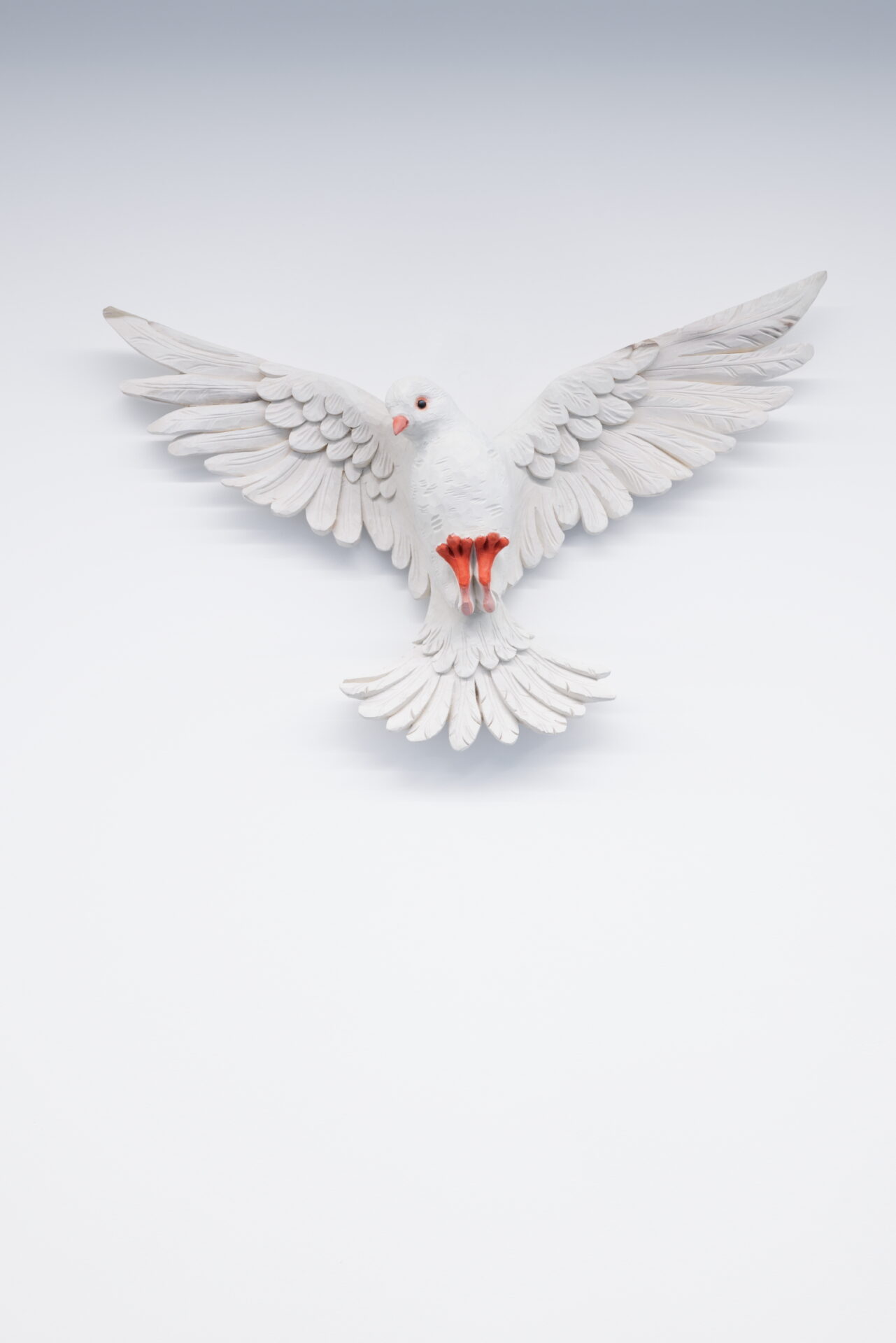
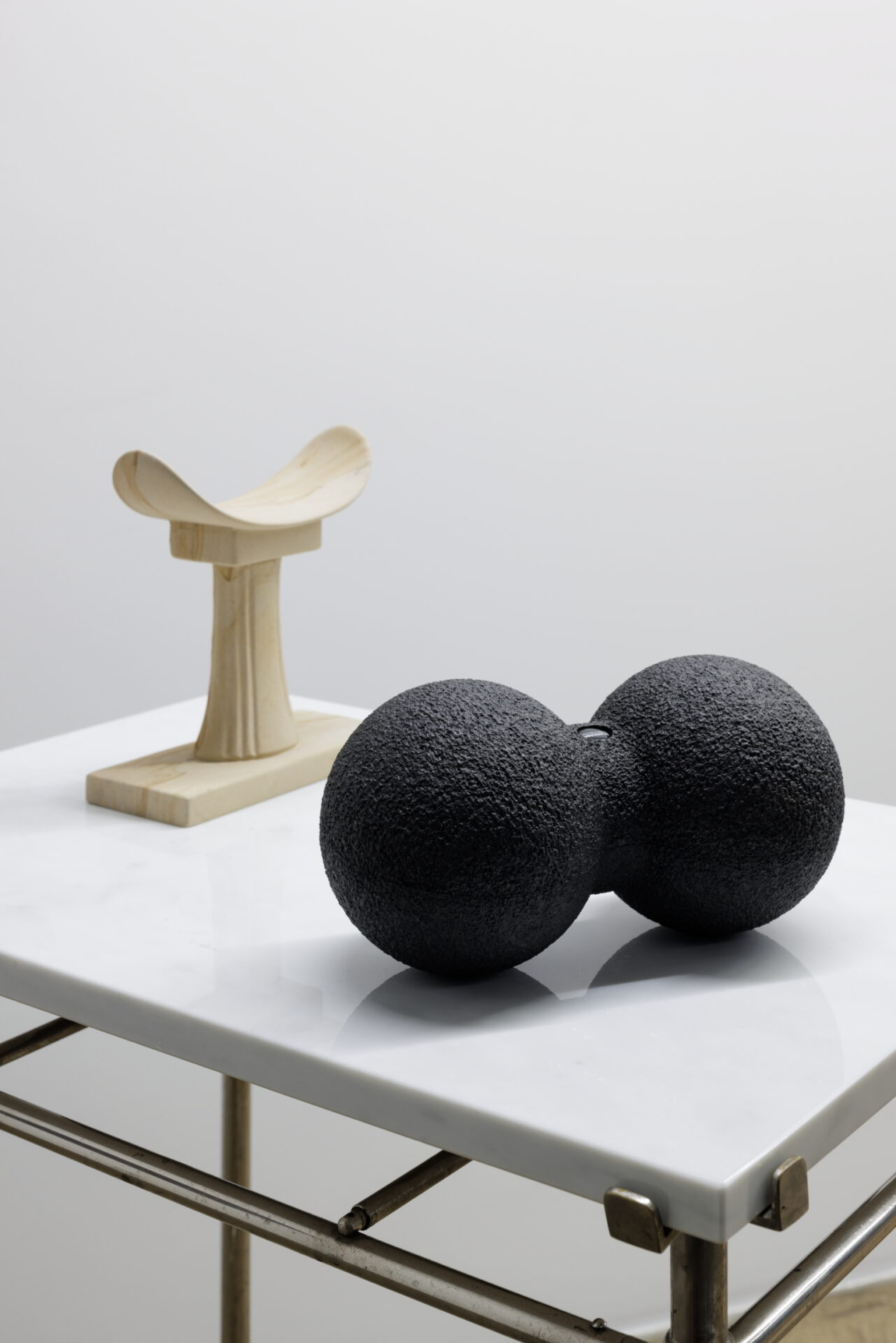

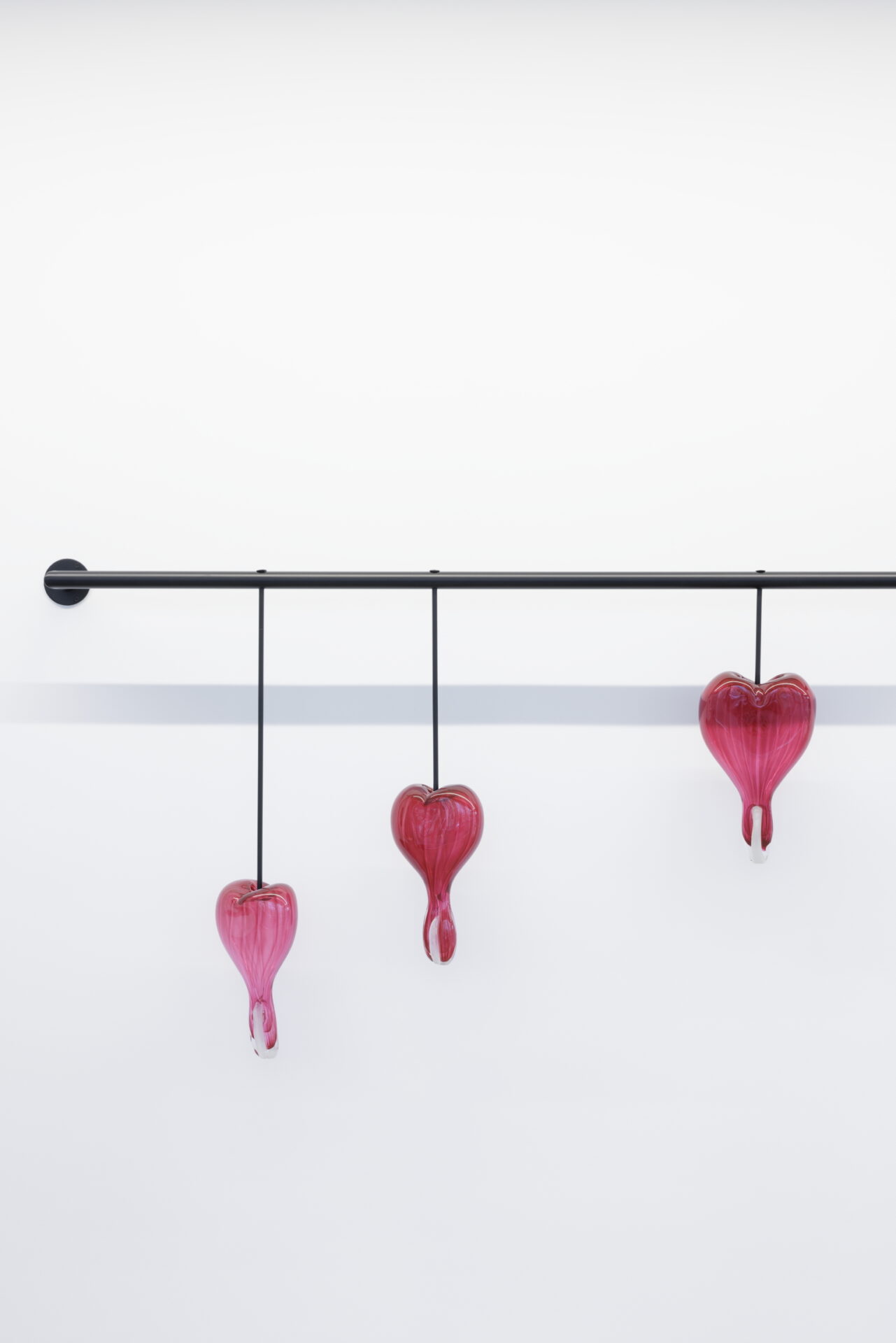
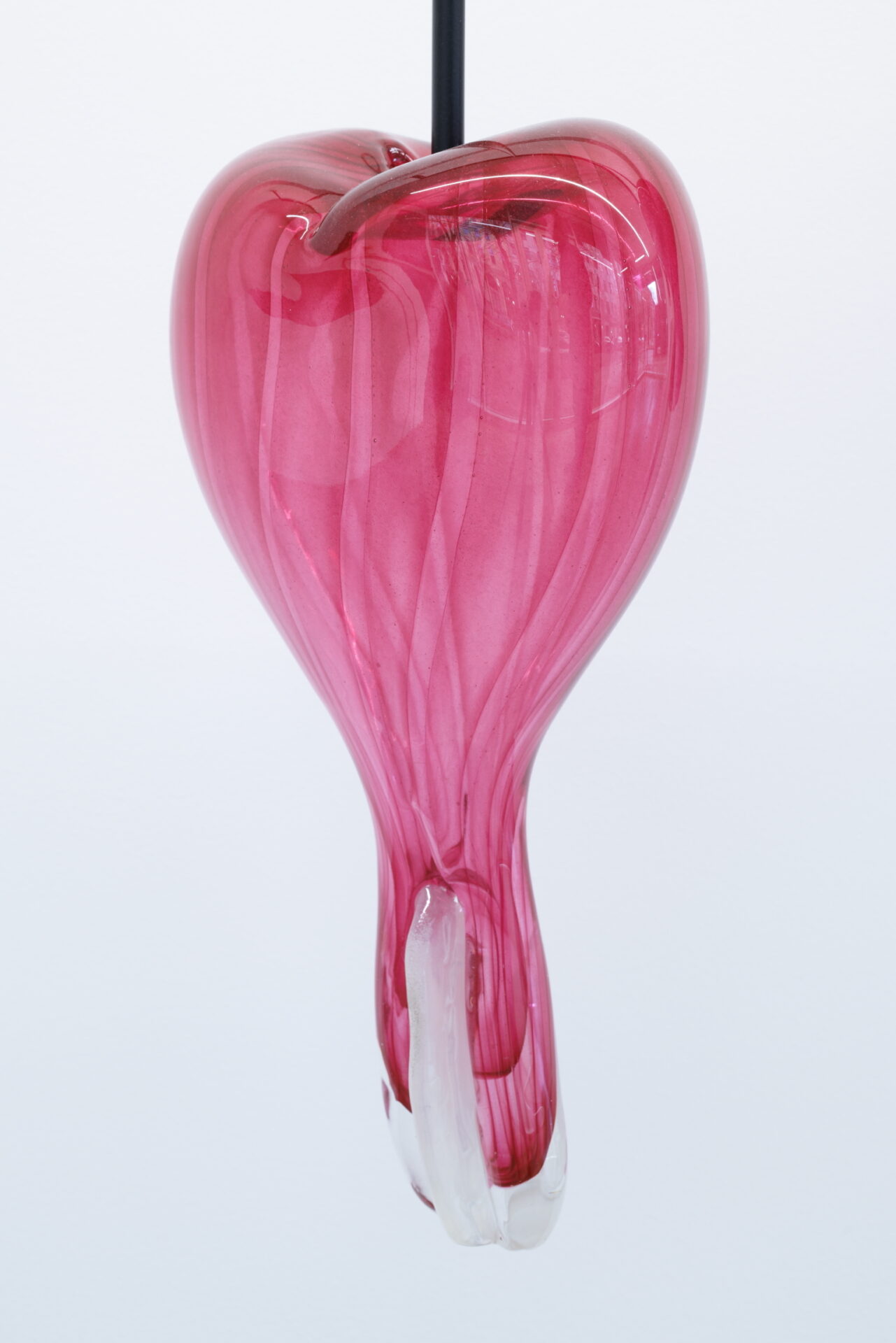

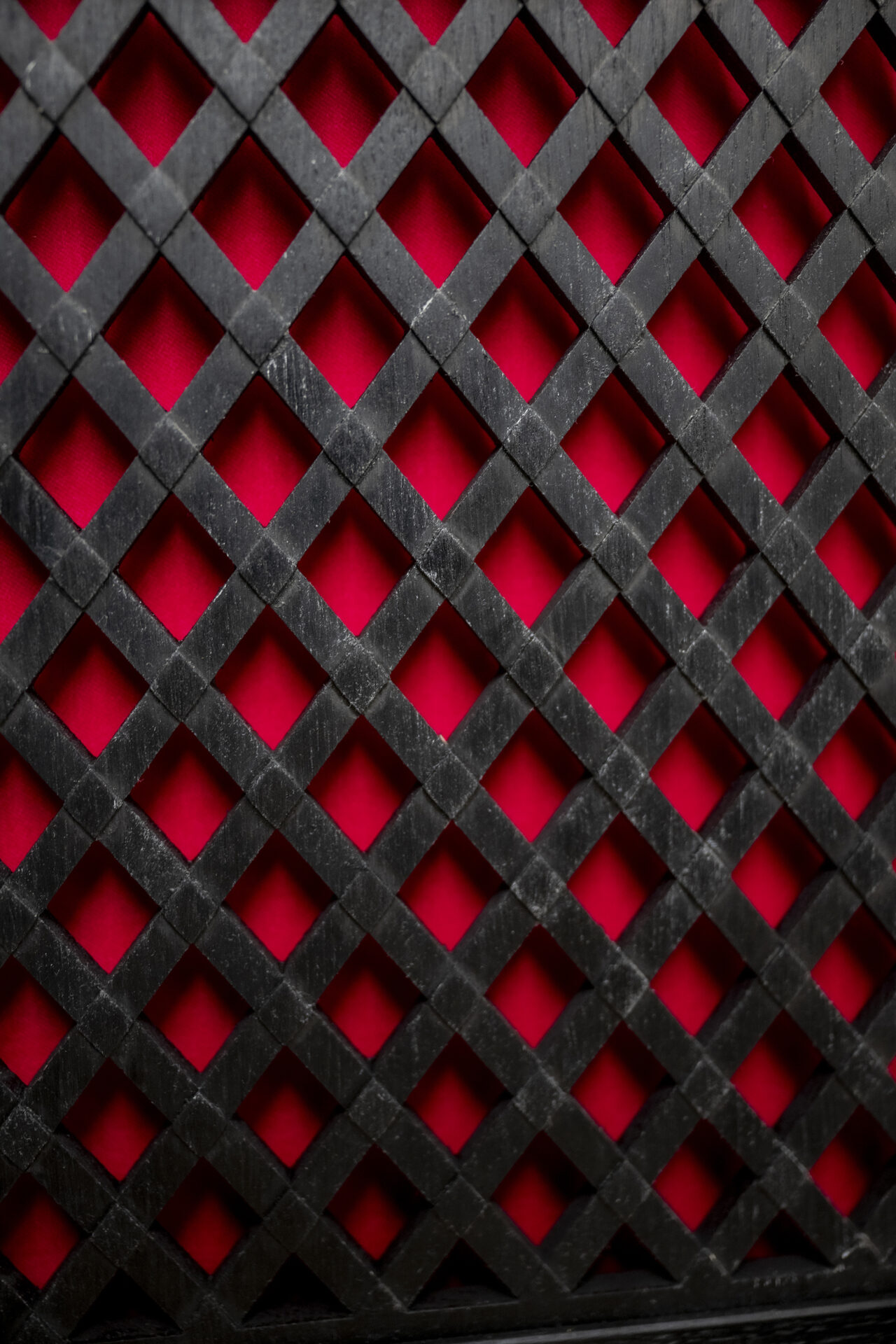
09.11.2024. Sarmīte Māliņa. Foto: Kristaps Kalns


